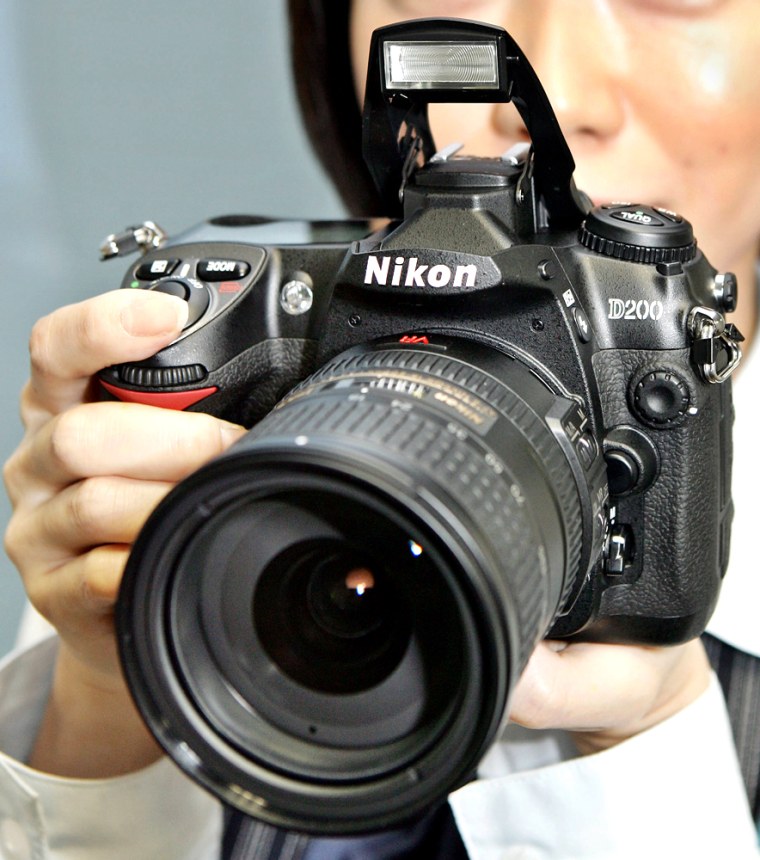Nikon Corp., which helped popularize the 35mm camera five decades ago, will stop making most of its film cameras to concentrate on digital models.
The Japanese company said it wanted to focus on “business categories that continue to demonstrate the strongest growth” as film cameras sales keep shrinking.
Nikon will discontinue seven film-camera models, leaving in production only the current top-line model, the F6, and a low-end manual-focus model, the FM10.
It will also stop making most of its manual-focus lenses.
Most of the company’s autofocus lenses work with manual-focus bodies, however. Also, German optical company Carl Zeiss AG is widely reported to be planning a line of manual-focus lenses for Nikon bodies.
Nikon did not give firm dates for the discontinuation of its products, but said Wednesday that sales will cease as supplies are depleted.
Major competitor Canon Inc. still makes five models of single-lens reflex film cameras. At the lower end of the market, Eastman Kodak Co. announced in 2004 that it would stop selling film cameras in the United States and Europe.
Nikon ranks fifth in digital-camera shipments in the United States, behind Kodak, Canon, Sony Corp. and Fuji Photo Film Co.
Nikon was a major force in establishing the dominance of the 35mm single-lens reflex camera, the workhorse of professionals and sophisticated amateurs until the arrival of digital cameras.
Its breakthrough model was the F, released in 1959. It set a standard for ruggedness and reliability and became a must-have for photojournalists.
Unusually, Nikon has maintained the same lens mount over the years, meaning most lenses from 1959 will fit today’s digital models and vice versa, albeit with functional restrictions.
